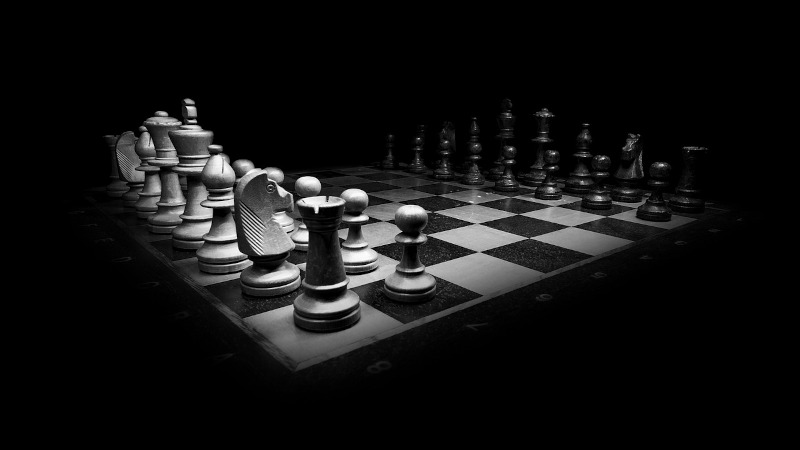One night in 1939, Wolcott Gibbs’ 4-year-old son Tony began chanting a song in the bathtub. It was sung “entirely on one note except that the voice drops on the last word in every line”:
He will just do nothing at all.
He will just sit there in the noonday sun.
And when they speak to him, he will not answer them,
Because he does not care to.
He will stick them with spears and throw them in the garbage.
When they tell him to eat his dinner, he will just laugh at them.
And he will not take his nap, because he does not care to.
He will not talk to them, he will not say nothing.
He will just sit there in the noonday sun.
He will go away and play with the Panda.
He will not speak to nobody because he doesn’t have to.
And when they come to look for him they will not find him.
Because he will not be there.
He will put spikes in their eyes and put them in the garbage.
And put the cover on.
He will not go out in the fresh air or eat his vegetables.
Or make wee-wee for them, and he will get thin as a marble.
He will do nothing at all.
He will just sit there in the noonday sun.
Pete Seeger liked this so much that he made a song of it — he called it “Declaration of Independence”:








